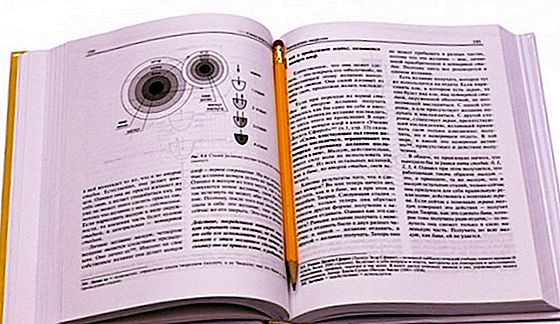"The Secret Doctrine of Israel" - this is sometimes called the mystical doctrine, better known under the name "Kabbalah." It arose in the Middle Ages at the intersection of Jewish doctrine, philosophical ideas of Neoplatonism and Gnosticism.

Originating in Judaism, the ideas of Kabbalah influenced the European thinkers of the Renaissance - Paracelsus, Agrippa Nettesheim, Pico de la Mirandola and others.
The history of Kabbalah
One of the distant sources of this mystical teaching can be considered the "Book of Creation" in Hebrew. The exact time of creation of this treatise is unknown, but it was supposedly written not earlier than the III century and not later than VIII.
The emergence of Kabbalistic teachings as such occurred in the XIII century. in Spain. It was then that in Castile, the Jewish thinker Moshe de Leon wrote the treatise The Book of Radiance, which he passed off as the work of the sage Simon bin Yochai, who lived in the 2nd century.
A special role in the formation of Kabbalistic teachings was played by the works of Rabbi Yitzhak Luriy Ashkenazi, also known as Ari, who lived in the 16th century.
Initially, Kabbalah developed as a secret doctrine, intended for a narrow circle of the elect, but at the turn of the XVI-XVII centuries. Kabbalist Abraham Azoulay, who lived in Morocco, proclaimed the abolition of restrictions on its study.
